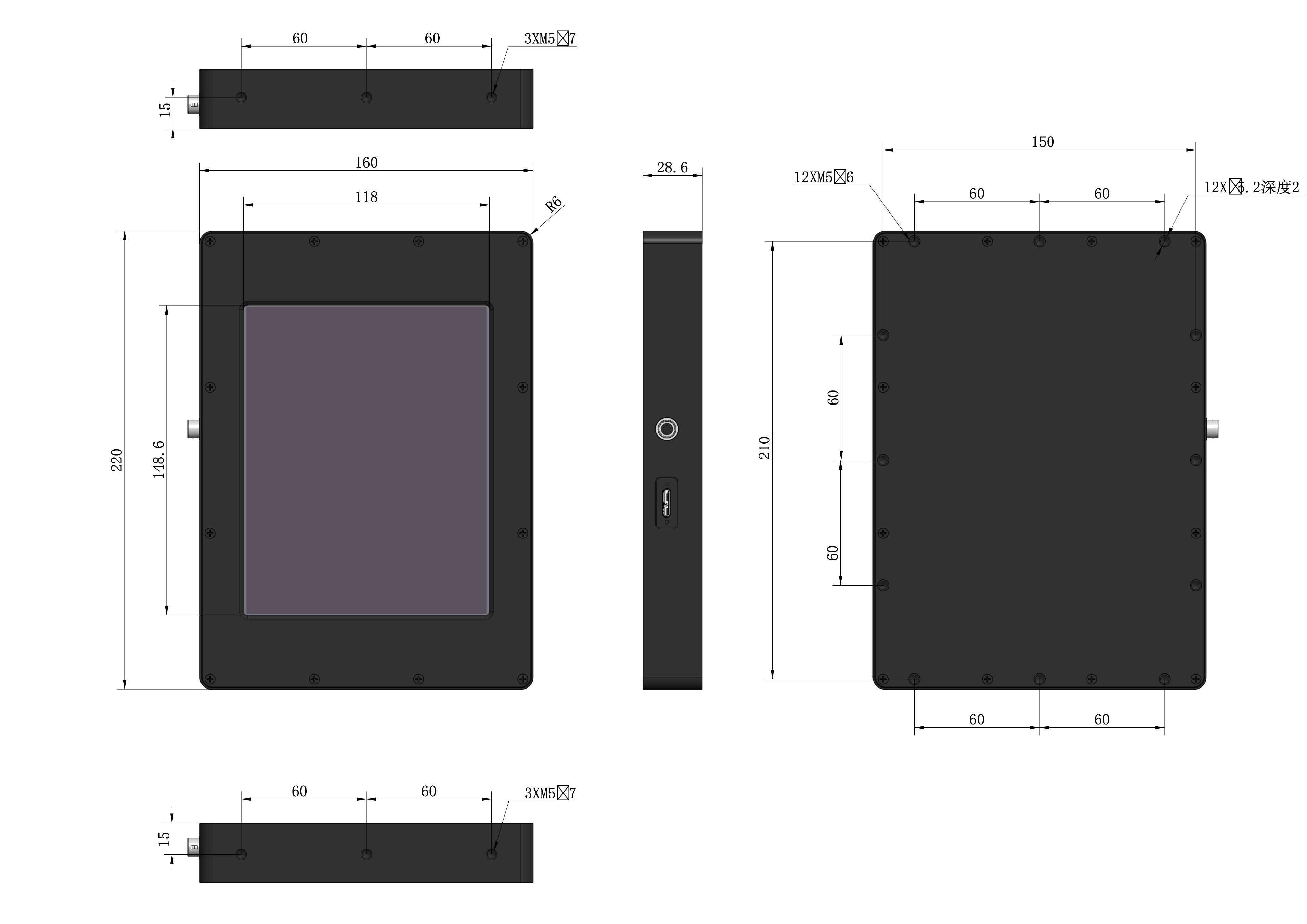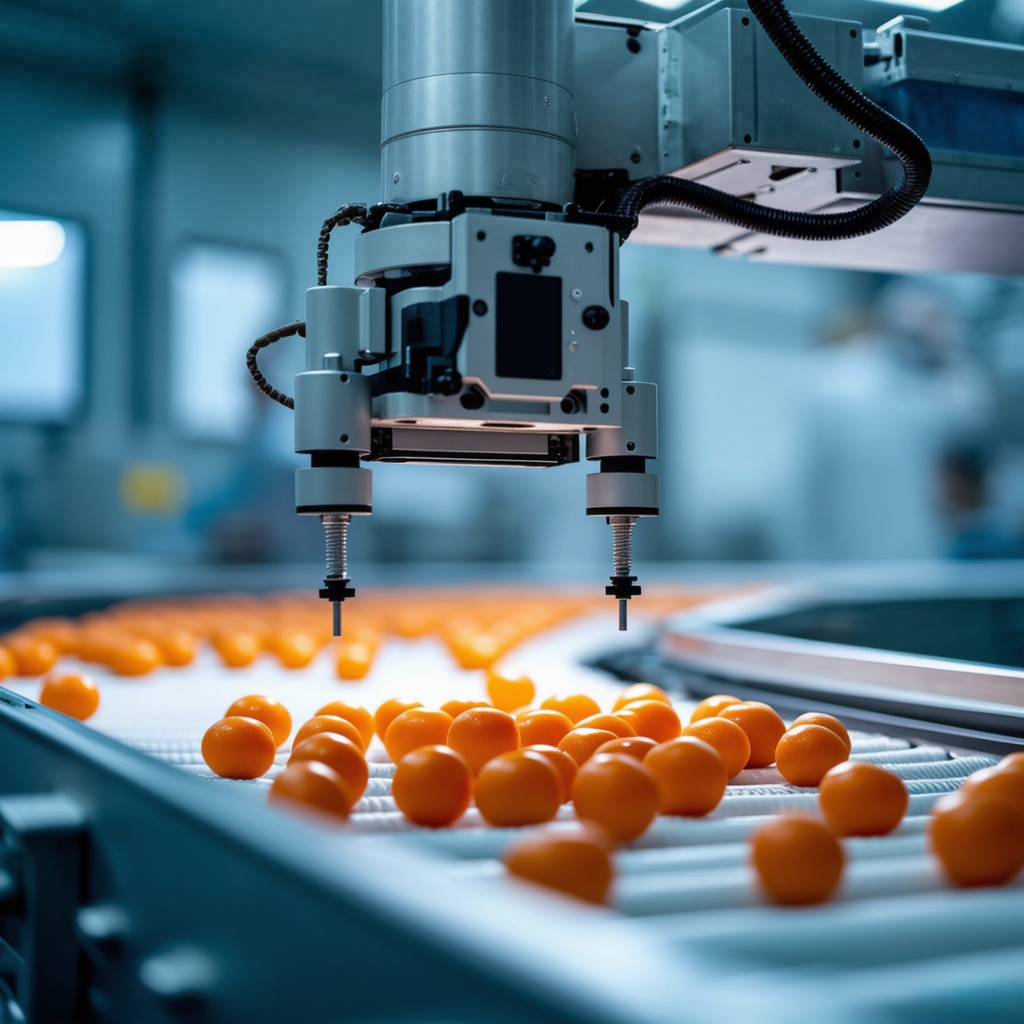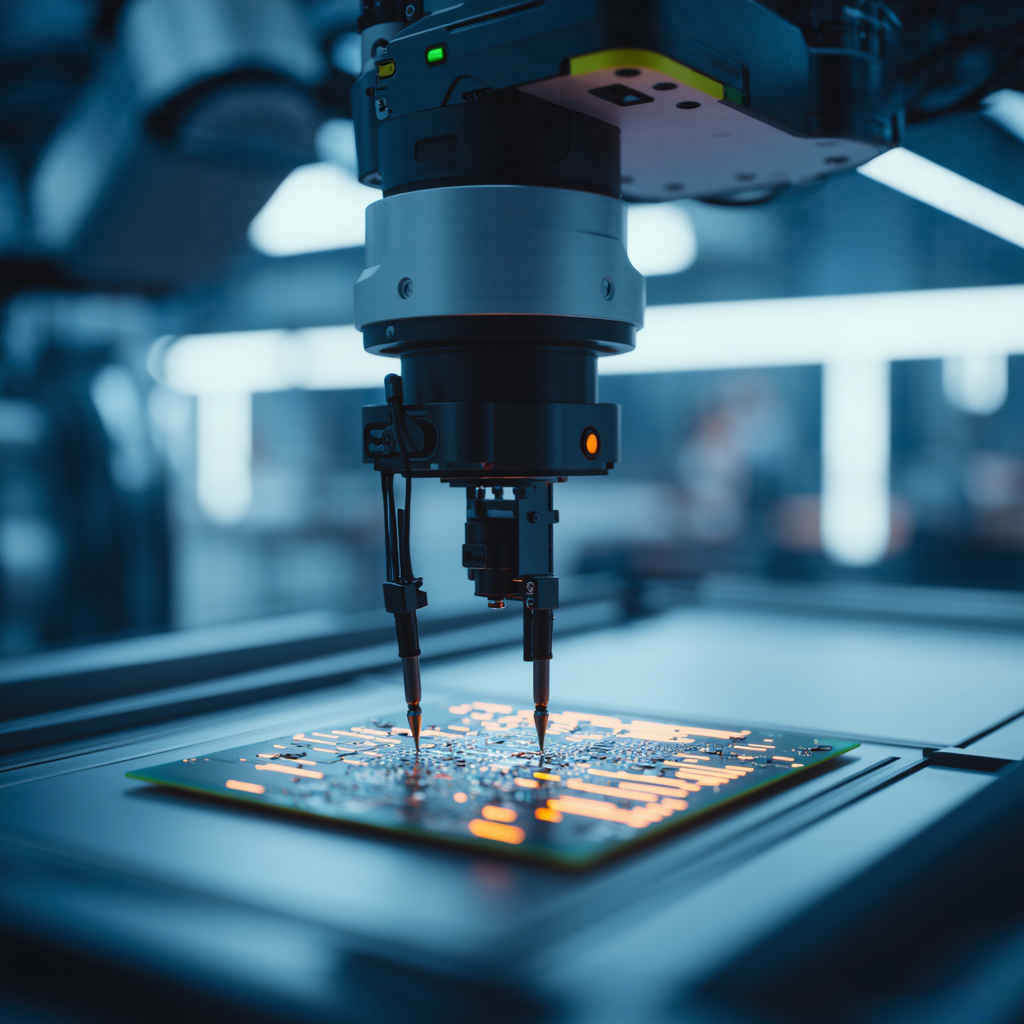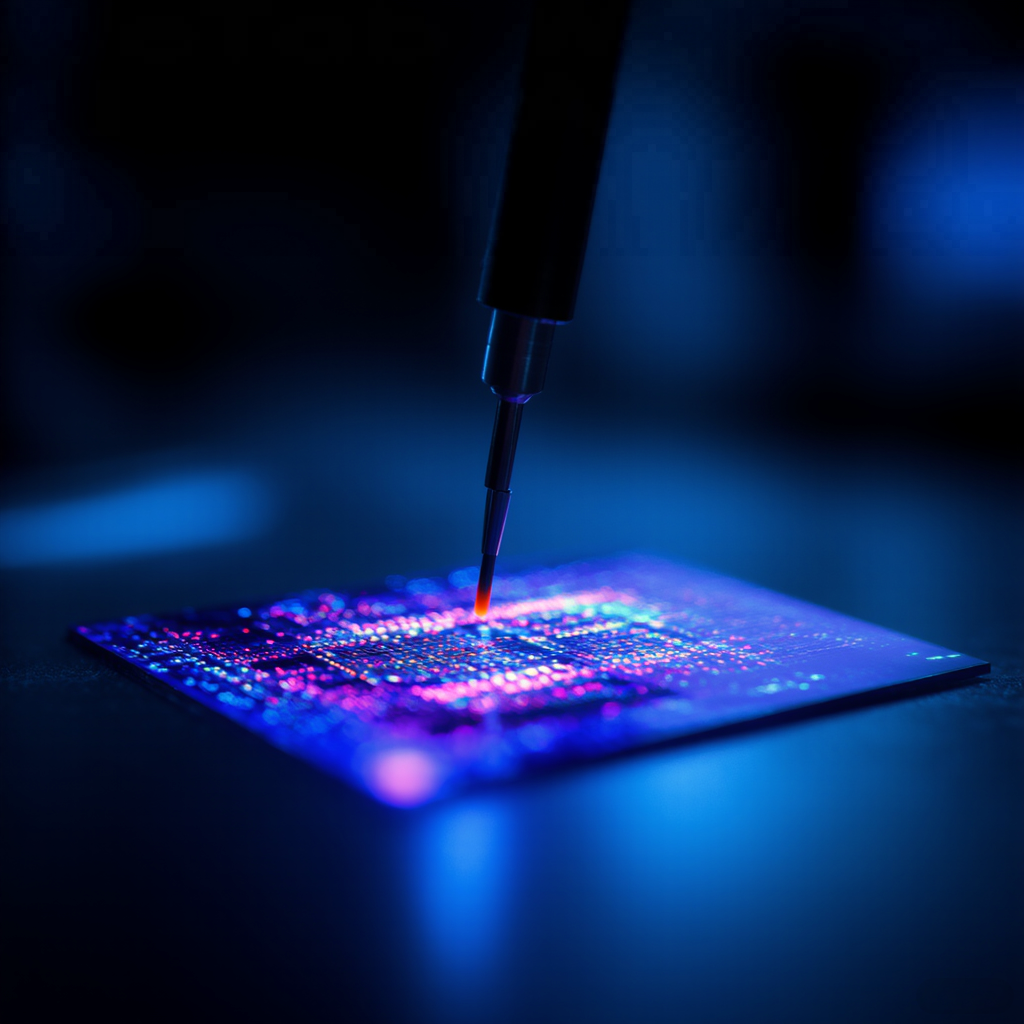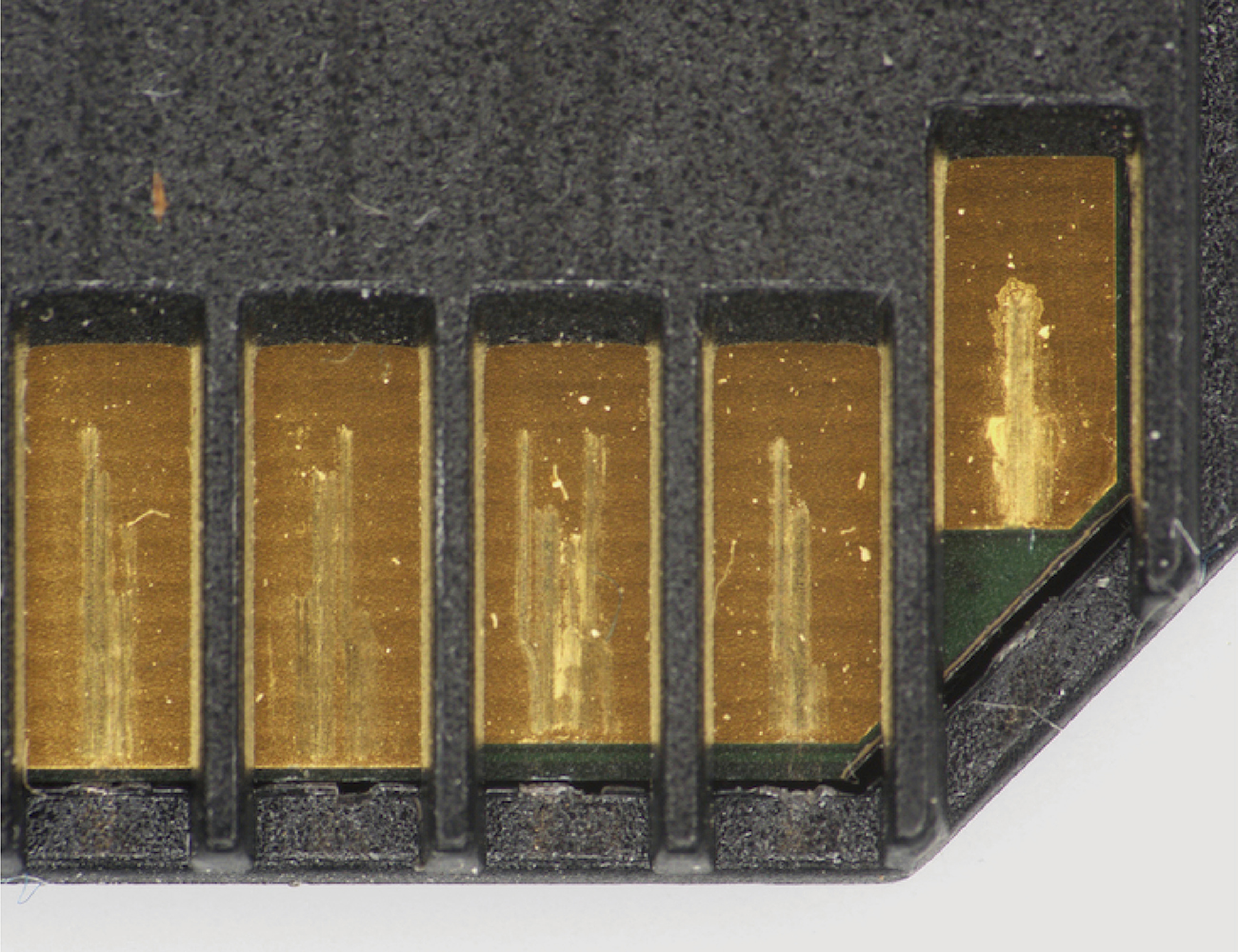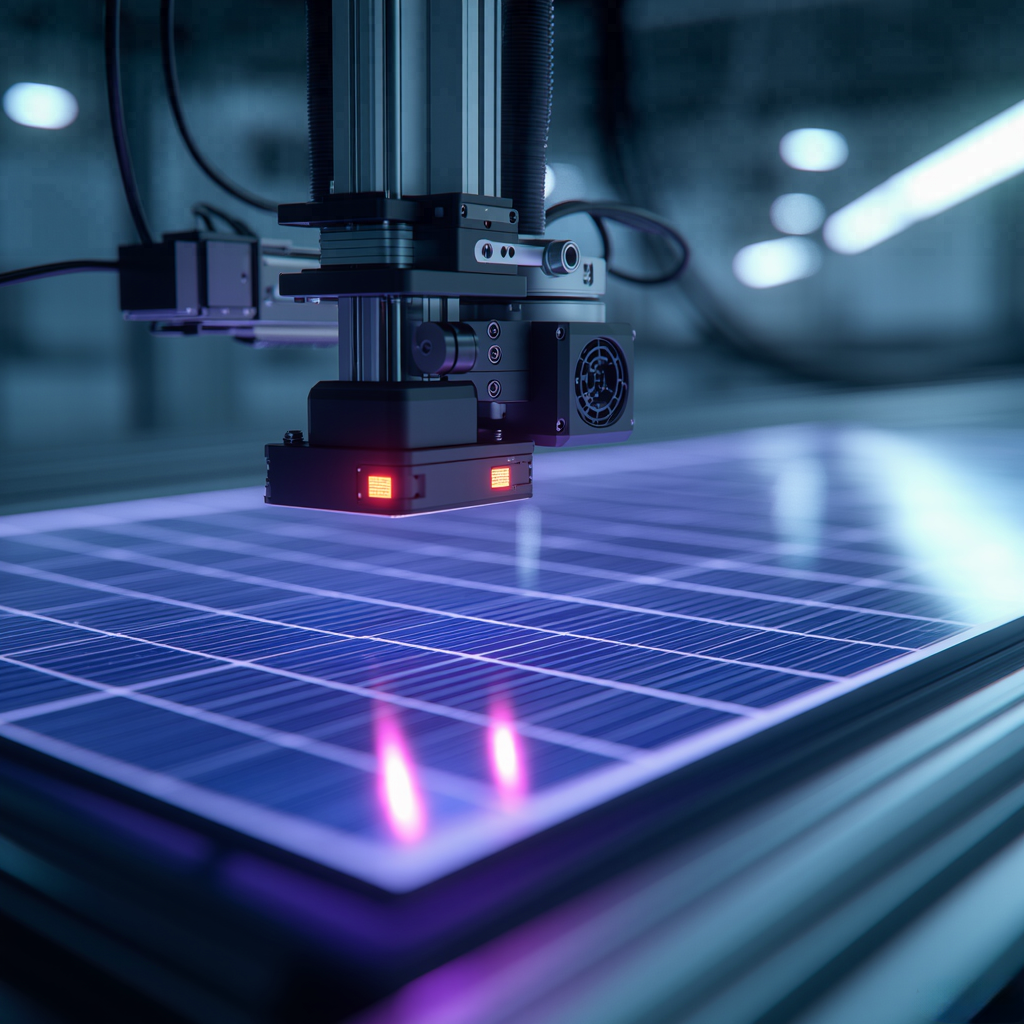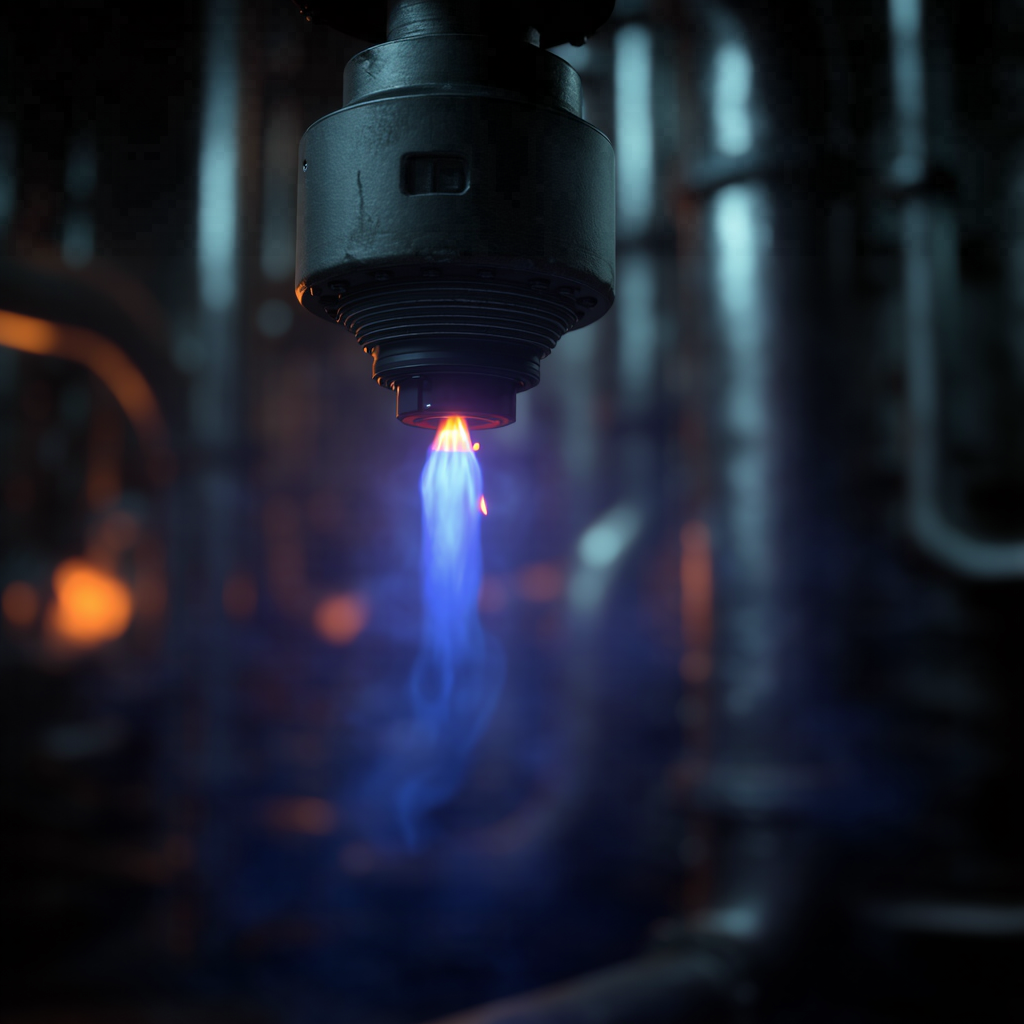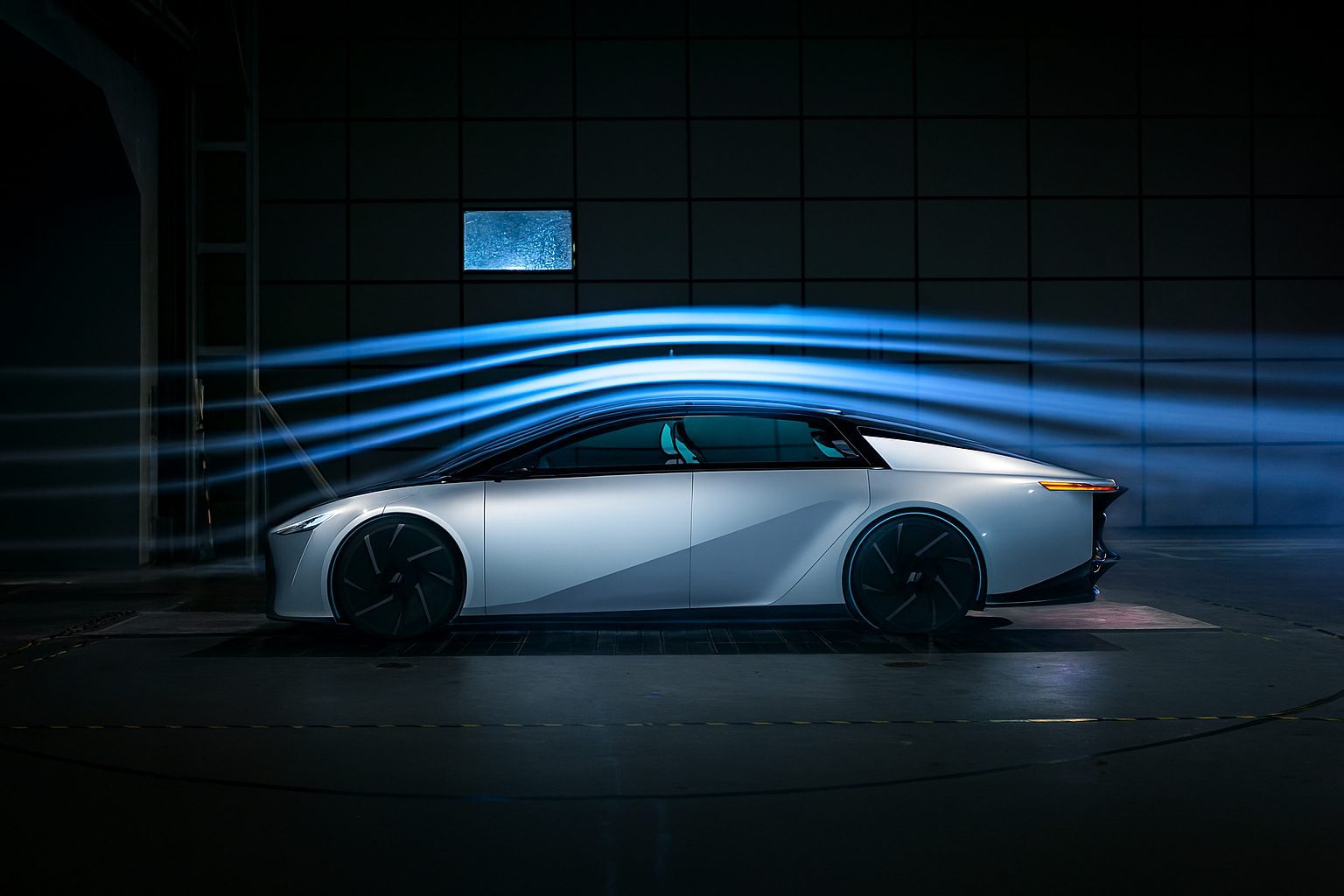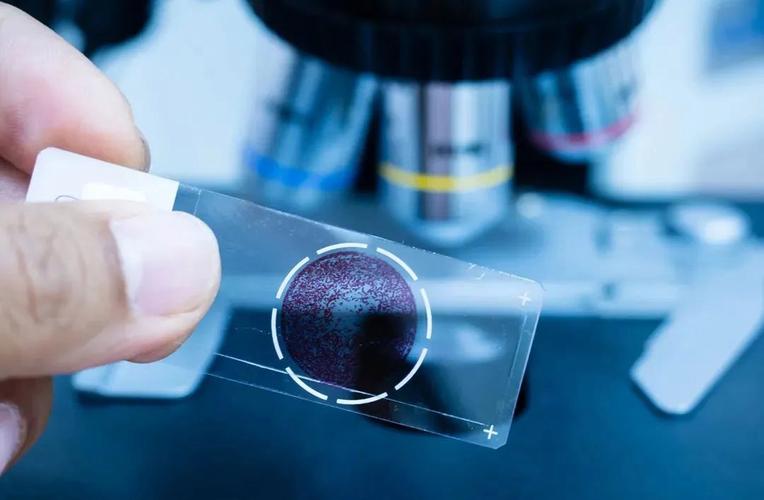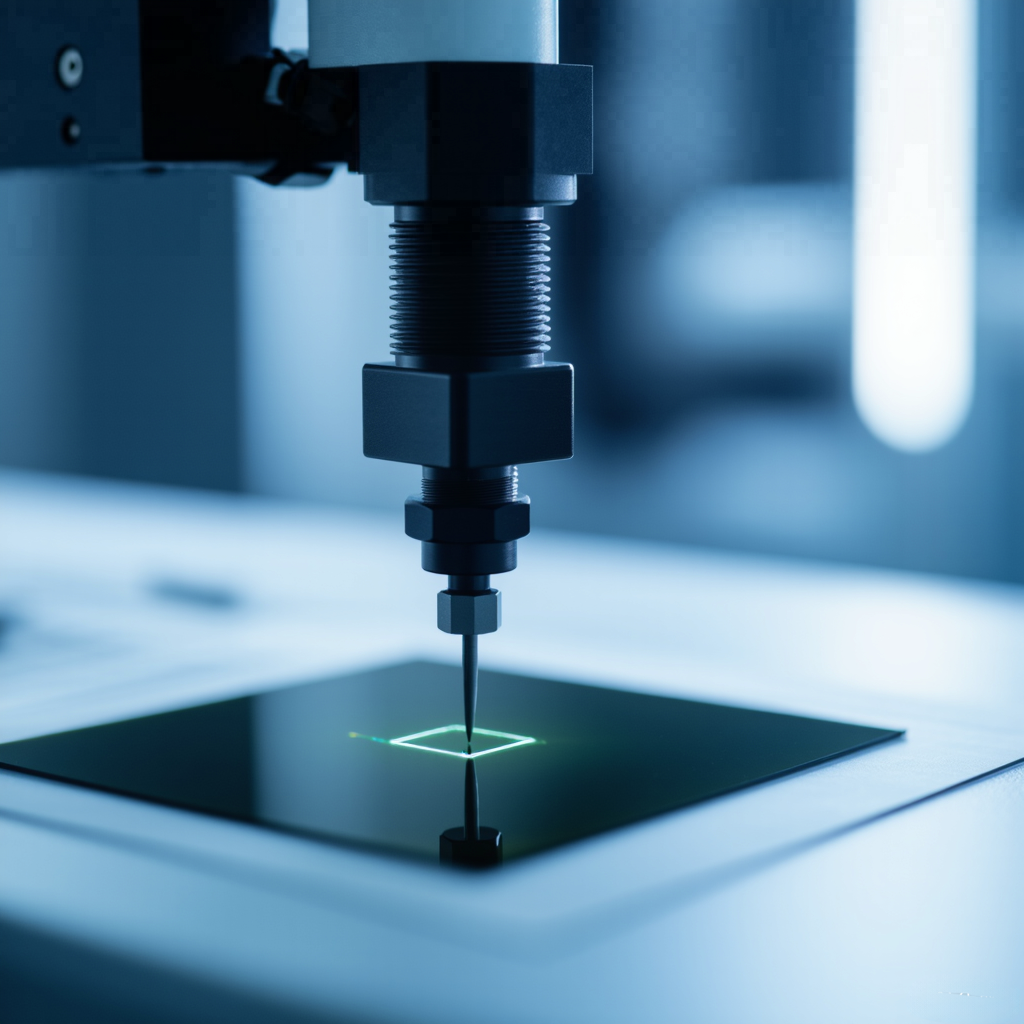IUE1800KMA Industrial Cameras/Analytical Imaging
Product Introduction
The IUE Series features a large-format flat panel detector with 96 µm × 96 µm pixels and approximately 1.8 MP resolution, specifically optimized for ultra-low-light applications such as protein detection and chemiluminescence. Capable of up to 120 fps at full resolution, it combines rolling shutter and hardware binning to provide flexible trade-offs between throughput, sensitivity, and resolution. The system employs USB3.0 high-speed connectivity and low dark current imaging architecture to deliver high-contrast images even under weak signal conditions.
The camera supports free-running and external trigger modes with comprehensive synchronization signals for seamless coordination with light sources, motion platforms, and host systems. It includes cross-platform SDK (Windows/Linux/macOS) and ToupView software for rapid integration and secondary development in both laboratory and production environments.
Key Features
- Large-format flat panel detector: approximately 1.8 MP resolution with 96 µm × 96 µm pixels
- Up to 120 fps at full resolution (model-dependent), supporting high-speed acquisition and large field-of-view coverage
- Rolling shutter for stable readout during continuous imaging
- Low dark current and low-light optimized design for weak signal imaging in chemiluminescence/protein detection applications
- USB3.0 high-speed data interface supporting stable real-time transmission
- Hardware binning: 1×1/2×2/3×3, enabling flexible trade-offs between sensitivity/resolution/frame rate
- ROI (Region of Interest) with dedicated auto-adjust ROI for precise focus on critical areas
- Auto/manual gain (0–32 dB, model-dependent) and auto/manual exposure (approximately 30 µs–33.5 s, model-dependent)
- LUT (Look-Up Table), Gamma, bandwidth control, and other image pipeline optimization functions
- Built-in image buffer (temporary storage) for enhanced data integrity during high-speed/burst acquisition
- Synchronization/status signals: Trigger Ready, Input, Exposure, Readout, Imaging, Strobe, GPO, etc.
- Event channels and user configuration storage for streamlined and repeatable experiments
- Acquisition modes: free-running, software trigger, external hardware trigger for easy synchronization with peripheral timing
- Software and development: cross-platform SDK (Windows/Linux/macOS) with ToupView for secondary development and system integration
Product Details
| Key Parameters | |
| Model | IUE1800KMA |
| Sensor | CMOS Sensor |
| Effective Pixels / Resolution | 1.8 MP (1200×1536) |
| Frame Rate (Full Resolution) | 120 fps @ 1200×1536 |
| Shutter Type | Rolling Shutter |
| Color Type | Monochrome |
| Imaging Performance | |
| Pixel Size | 96.0 µm × 96.0 µm |
| Sensor Size | 115.2 mm × 147.5 mm |
| Diagonal | 4.1" (187.16 mm) |
| Dynamic Range | TBD |
| Bit Depth | 8/12-bit |
| Sensitivity | TBD |
| Interface & Mechanical | |
| Data Interface | USB3.0 |
| GPIO | 1 opto-isolated input, 1 opto-isolated output, 2 non-isolated I/O ports |
| Lens Mount | TBD |
| Dimensions | 220 mm × 160 mm × 28.6 mm |
| Weight | TBD |
| Power Supply | USB3.0 interface powered |
| Environment & Certification | |
| Operating Temperature / Humidity | -10 °C to +50 °C / 20% to 80% (non-condensing) |
| Storage Temperature / Humidity | -30 °C to +70 °C / TBD |
| Operating System | Windows/Linux/macOS/Android multi-platform SDK (native C/C++, C#/VB.NET, Python, Java, DirectShow, Twain, etc.) |
| Certification | CE/FCC |
Product Overview
IUE1800KMA is a specialized digital camera designed for low-light and chemiluminescence imaging applications, featuring the CMOS Sensor ultra-large pixel sensor with the following distinctive characteristics:
- Ultra-Large Pixel Technology: 1.8 MP (1200×1536) resolution with 96.0 µm × 96.0 µm pixel size, sensor size of 115.2 mm × 147.5 mm , maximizing light collection for exceptional low-light performance
- Specialized Imaging Capabilities: Features Rolling Shutter design, supports monochrome and color imaging, optimized for chemiluminescence detection, protein analysis, and weak signal applications
- High-Speed Data Interface: Utilizes USB3.0 interface with frame rates up to 120 fps @ 1200×1536 , enabling efficient data transfer for time-sensitive applications
- Extended Dynamic Range: 8/12-bit bit depth with dynamic range of TBD , providing superior signal-to-noise performance for quantitative analysis
- Superior Low-Light Sensitivity: Exceptional sensitivity performance of TBD with ultra-low read noise, ideal for detecting weak luminescent signals
- Flexible Exposure Control: Wide exposure time range from 10 µs to 15 s with precise timing control, accommodating diverse imaging requirements from fast dynamics to extended integration
- Compact Laboratory Design: Overall dimensions of 220 mm × 160 mm × 28.6 mm , weight TBD , powered by USB3.0 interface powered , simplifying integration into laboratory setups
- Advanced Software Suite: Comprehensive imaging software supporting Windows/Linux/macOS/Android multi-platform SDK (native C/C++, C#/VB.NET, Python, Java, DirectShow, Twain, etc.) systems, provides quantitative analysis, time-lapse recording, signal measurement capabilities, with SDK support for C/C++, C#, Python, MATLAB, LabVIEW development environments
Core Performance Specifications
Resolution
1.8 MP (1200×1536)
Frame Rate
Up to 120 fps @ 1200×1536
Pixel Size
96.0 µm × 96.0 µm
Data Interface
USB3.0
Specialized Application Features
Chemiluminescence Detection
Optimized for Western blot, ELISA, and other chemiluminescent assays with ultra-large pixels for maximum photon collection efficiency and minimal noise interference
Protein Analysis
Specifically designed for protein detection applications with precise quantitative capabilities, enabling accurate band analysis and molecular weight determination
Extended Integration Times
Support for extended exposure times up to 15 seconds with exceptional thermal stability, ideal for accumulating weak signals in time-lapse experiments
Quantitative Analysis
Linear response characteristics and low dark current enable precise quantitative measurements for research applications requiring statistical analysis and reproducible results
Why Choose This Model
The IUE1800KMA represents the pinnacle of low-light imaging technology with its ultra-large pixel architecture and specialized design for chemiluminescence applications. Whether conducting protein research, biochemical assays, or other low-light scientific imaging, this camera delivers unmatched sensitivity, precision, and reliability. The combination of advanced sensor technology, comprehensive software support, and robust construction ensures consistent performance in demanding laboratory environments.
IUE1800KMA Product Manual
PDF format, includes detailed technical specifications and dimensional structure
SDK Development Kit
Supports Windows, Linux, macOS and other platforms
3D Model Files
STEP format, for mechanical design integration
Package Contents #
Standard package contents for IUE series high-sensitivity industrial cameras (USB3.0)
Recommended bundle
- Camera body - series camera
- I/O cable - 7-pin cable or extension cable
- Cable - Micro USB3.0 cable
- Lens (optional) - C-mount lens
Product Dimensions #
Dimensions overview for IUE series high-sensitivity industrial cameras
The IUE series is a large-format USB3.0 industrial camera from ToupTek using a high-sensitivity flat-panel detector. With a 1.8 MP configuration tailored for protein detection, chemiluminescence, and research imaging, it combines ultra-large 96 µm pixels with high frame rates. It supports long exposures and wide dynamic range capture, ideal for low-light, high-sensitivity imaging and lab automation systems.
Key Features
Ultra-large pixel design
96×96 µm pixels for ultra-high sensitivity
High speed with long exposure
120 fps and up to 15 s exposure
Chemiluminescence optimized
Designed for weak-signal detection
Multi-level gain control
1–50× gain to optimize SNR
Performance Highlights
Pixel size
96 µm
Ultra-large pixelsMax frame rate
120 fps
@1200×1536Exposure range
10 µs–15 s
Wide rangeGain range
1–50×
Flexible tuningIn-depth Product Overview
Ultra-large pixel high-sensitivity imaging
96×96 µm ultra-large pixels significantly enhance weak-light and chemiluminescence capture for biological and chemical detection. The 1.8 MP configuration optimizes signal collection efficiency. Dark current is 2200 e⁻/s @ 25 °C, maintaining good SNR while delivering high sensitivity—ideal for long-integration weak-signal detection.
Dual-mode imaging capability
Supports 120 fps @ 1200×1536 while offering 10 µs to 15 s exposure, covering both dynamic capture and long-exposure needs. This flexible control enables recording fast motion and accumulating chemiluminescence signals. Outputs 8-bit/12-bit data to meet scientific imaging bit-depth requirements.
Low-light signal optimization
Offers 1–50× gain adjustment to optimize SNR in low illumination. Hardware binning supports 1×1, 2×2, and 3×3 modes, balancing resolution, frame rate, and sensitivity. This multi-level enhancement ensures clear images under weak light, ideal for Western blotting, chemiluminescence, and other biomedical uses.
Lab-grade system integration
USB3.0 (USB3.1 GEN1) single-cable power with opto-isolated I/O and programmable GPIO simplifies integration. The 220×160×28.6 mm design with CE/FCC certification ensures long-term stability in labs. Full-metal build, low power, and wide temperature range fit research platforms and automated test equipment.
Comprehensive software support
Compatible with Windows, Linux, macOS, and Android. The SDK offers C/C++, C#/VB.NET, Python, Java, DirectShow, and Twain interfaces for research and automation development. Bundled imaging software supports live preview, parameter tuning, and image saving, greatly simplifying lab workflows.
Applications
IUE series applications in biomedical and research imaging
IUE Series Key Advantages
Ultra-large pixel
96 µm square
High sensitivity
Chemiluminescence tuned
High-speed capture
120 fps
Long exposure
Up to 15 s
Multi-level gain
1–50× adjustment
Hardware binning
3 modes
Lab optimized
Built for labs
Complete certifications
CE/FCC



